
How To Grow Strawberries In Vertical Garden: The Complete Step By Step Guide
Everyone enjoys eating those oh-so-plump , delicious , and juicy strawberries! From small kids to adults, we all enjoy eating strawberries for their sweet, sour taste, especially during summer and spring. Oh, we also love drinks made out of strawberries. Like strawberry lemonade or strawberry milkshake! The options are countless, we can make creamy desserts and cakes or refreshing drinks for the warm seasons.
By now, you're already aware of our topic for today by the title. We are discussing strawberries today! Of course, except for the eating part (because we don't have to teach you how to eat them). Here, you'll learn all about growing some, taking care of it and some tips and tricks to grow a healthy, tasty strawberry plant from the scratch. No— growing strawberries are not at all a hard job. Especially if you plan to grow them vertically! Curious enough? Let's start planting some strawberries!
Growing Strawberries In A Vertical Garden & Its Advantages
An exciting method to enjoy fresh, ripe strawberries every spring is to grow your bountiful strawberry plants. The cultivation of strawberries has just taken an upward turn, promising the tastiest yields ever. Learn the ins and outs of vertical farming and how to create your own vertical strawberry patch in this easy step-by-step guide.

Strawberries do well in a wide range of pots, settings, and climates because they are flexible and hardy. Even though strawberry plants are normally planted in horizontal rows on the ground, you can also grow them vertically. If you're short on space, you might want to try vertical gardening. Strawberry plants can be grown vertically in tall structures so that their leaves spread out perpendicular to the ground.
Advantages Of Growing Strawberries At Home
- Strawberry plants require little attention and can easily be reproduced through cuttings.
- You might find pesticide lurking underneath those store-bought strawberries but when you cultivate your own, you have control of what goes into your body and this is one of the huge benefits.
- Using a vertical growing method, you may maximize your strawberry harvest while minimizing your footprint.
- Insects, fungus diseases, and weeds don't bother strawberries when they're cultivated in a vertical garden.
- When grown at home, strawberries can be harvested at a fraction of the cost of store-bought fruit.
- Growing your own strawberries at home ensures a constant supply of organic, farm-fresh fruit.
- Strawberries carry many health advantages like vitamin C, phytonutrients, and antioxidants.
Like this, strawberries offer huge advantages, and we hope we've convinced you to cultivate this vitamin-rich fruit in your own backyard.
How To Grow Strawberries In A Vertical Garden?
There are many ways to grow strawberry plants vertically, we have talked in length about different planters and different ways of vertical gardening to grow your greens. Some of the best ways to grow your strawberries are in top-tier planters, hanging pots, bag planters, gutters planters, stackable planters, and more.
We are talking about some of the favourable planters for strawberries in length here:
Stackable Planters
Strawberries can be grown vertically using stackable planters that can be purchased online. These pots are simple, rectangle, cross-shaped, and functional. The stack's planters may all benefit from the sun's rays because they can rotate 45 degrees relative to one another. Instead of buying a system like this, you can DIY your vertical garden by stacking pots of progressively smaller sizes. Plant dirt 8–10 inches below the rim of a 24-inch planter you've filled with gravel. Put a 16-inch pot in a 24-inch pot over the gravel, then fill the 24-inch pot around the 16-inch pot with soil. Put another planter of the same size (8 inches) inside the larger one (16 inches).

Strawberry plants should be planted in groups of three or four, with three or four plants going into the large pot, two or three into the medium pot, and one into the little pot. The fruit-bearing strawberry plants overflow the boundaries of the pot. (The planter's exact dimensions are up to you; we're merely providing some guidelines in terms of inches.)
Buy here
Hanging Bags
Strawberries in this arrangement are grown vertically through holes in the side of a bag containing potting mix. You can either buy a premade grow bag specifically designed for hanging or you can construct your own out of any large bag, like a woven plastic feed sack. Make holes in the side of the bag measuring 3 to 4 inches in diameter and 12 inches apart, then reinforce the holes' edges with duct tape. Don't forget to put some potting mix in the bag!

When you insert strawberry transplants in the holes, the crown of the root should be visible above the ground. If you're concerned about crowding, you can tuck the developing runners into the soil or trim them. Place the bag where it will get lots of sunlight and water it frequently to keep the soil moist.
Rain Gutter Planters
Planting strawberries in rain gutters is one method to take advantage of vertical gardening space and contribute to ongoing recycling efforts. Each rain gutter supports horizontal plant growth; however, by mounting multiple planters to a fence or building, a vertical growing system can be achieved. When space is limited, you can attach the planters directly to the house, which is ideal for the sunny side of the house where the yard is smaller. For the lower planters in your rain gutter planter to get enough light, you need to leave at least two to three feet of clearance above them.

Make sure water can properly drain by drilling 1/4-inch holes every 12 inches into the gutter bottoms. (or choose the appropriate size selection). A system of gutters helps to keep the soil moist by directing runoff from the roof into the ground. If your strawberry patch is getting too crowded, you may help things along by spacing out your transplants by 12 inches and tucking in any runner plants as they grow.
When to Start Planting Strawberries?
Considering that strawberry plants are perennials, you can count on them coming back year after year. Investing in their early development will pay off in spades later on.
Strawberry plants from bare roots can be planted in the fall before the first forecasted frost or in the spring after the last frost. But if you want to grow strawberries from seed, you need to start them indoors in the early spring and nurture them until the final frost has passed. Growing strawberries from seed can begin in earnest in the month of December.

Strawberries grown from seed take longer to mature, and not everyone has that much time to spare throughout the growing season. Starting with bare-root plants can save you money, but you can also purchase established plants. The arrival of bare roots can be unsettling since they appear lifeless, but they quickly recover.
When caring for bare-root plants, it's important to adhere to the guidelines provided on the packaging. The grower may suggest planting the seeds or seedlings immediately or storing them in the fridge until planting time.
Most plants are productive for three to five years, with the first year's yield often being lower than in subsequent years. It is common practice for gardeners to remove a plant's early blossoms so that the plant may focus on developing deep, healthy roots. Still, others let the flowers bloom before they pick the first fruit.

Runners, or long shoots, are produced by most strawberry plants. Runners have leaves and root nodules. By cutting off the plants' runners, you may ensure that the plant's resources are put into fruit production. New plants can be grown from root nodules by gently inserting them into the soil. Once the runner's roots have established themselves, you can cut it away from the mother plant and have a completely new plant. Voila!
Location For Strawberries
Strawberries are extremely adaptable plants. Strawberries can be grown anywhere: on raised beds, in a vertical garden, in containers, in the ground, as an interplant, or as ground cover. Another trait is shallow root development. Consequently, strawberries can be grown just about anywhere a container or area of the yard can be set aside. The greatest growth conditions for strawberries are full sun, so pick a spot that will provide at least six to eight hours of sunlight each day. Not all plant kinds can be interplanted in the same growing conditions, so it's important to make sure you've chosen hardy species for your area.
Watering Strawberries
Strawberries do not do well in always wet soil. Watering berry plants need to be done once or twice a week, if at all, by most gardeners. Keep in mind that the soil needs time to dry out in between waterings. Be sure to completely wet the soil whenever you water your plants. It's best to check on your plants daily or every other day during the summer to determine how much water they require.
Fertilizing Strawberries
Most potting mixes already include a blend of starter fertilisers, so you don't need to fertilise newly planted strawberries. You can relax until several months have passed after you've transplanted your berry plants unless you're using a more sterile mix. You can supplement a liquid fertiliser with organic worm castings a couple of times per growing season (and once at the beginning of the next season).
Maintaining Strawberries
Strawberries are everbearing plants, meaning they produce fruit throughout the growing season. And there's the option of a single, massive harvest in the summer.

Well-drained soil supplemented with organic compost or fertiliser will bring out the best in your plants. Putting down a mulch layer around your strawberry plants is another great way to prevent weeds from crowding out your crop. Eliminate any weeds you find and remove any leaves that have turned yellow or brown from the strawberry plants. This aids the plant in directing as much water and nutrients as possible to healthy leaves and fruits, increasing the yield.
Additionally, after planting, harvesting, and in the fall, provide your plants with healthy, well-draining soil amended with compost or feed with compost tea. Plants should be drastically pruned at the end of the season to promote growth the following spring.
When strawberry fruits turn red, they are ready to be picked. If they've been sitting out for a while and get soft and mushy, don't worry; they'll still be great in jams and other cooked-fruit recipes!
If birds are devouring all your crop before you can get them in the basket, try erecting a little tunnel over your plants. It's possible to extend the life of strawberry plants for several years with proper care each growing season. However, after three years, strawberry plants often produce fewer strawberries. In order to increase the size of your strawberry bed, simply cut off the runners from the parent plant and transplant them. How simple!
The Problem of Diseases and Insects
Pests and diseases can be a minor nuisance at best. We recommend using a disease-resistant type wherever possible. For perennial plants, this is crucial. Strawberries don't need daily watering, but you might overwater them. Organic neem oil is an effective and simple insecticide.
Alpine strawberries are the best-tasting everbearing strawberries you can get. There will be a bumper crop of little berries every year, making this variety perfect for children.

As we've hopefully shown you, strawberries require very little care and are perfect for a vertical garden. You can always find a place for strawberries, no matter how little room you have.
Best wishes for a successful garden!
* * *
FAQ
Do strawberries need to be in the sun all day?
The majority of strawberry plants need to be in full sunlight for at least six to eight hours per day. However, if they are exposed to direct sunlight for too long, the fruit may suffer from sunburn.
How to build a vertical garden?
Vertical gardens can be constructed in several ways; some common ones include the use of trellises, pallets, obelisks, fences, etc. Have a look at this post for further information on how to construct a vertical garden.
How to DIY a vertical garden?
DIY vertical gardens are easy to create with recycled materials including wood, plastic, metal, glass, and plastic. If you need inspiration for your vertical garden, check out Pinterest and Instagram for some inspiring photos and videos.
Approximately how often do strawberry plants need watering?
Strawberries need a lot of water and need it frequently, especially when the weather is hot and the plants are producing fruit.
Can one expect a strawberry plant to produce new plants?
Strawberry plants are spread by runners, which are essential stems that branch off and develop their own roots. They can be pruned and transplanted to a separate pot or area in the same garden.
Get In Touch With Us For Any Queries!
Our Instagram Handle @Chhajedgardens


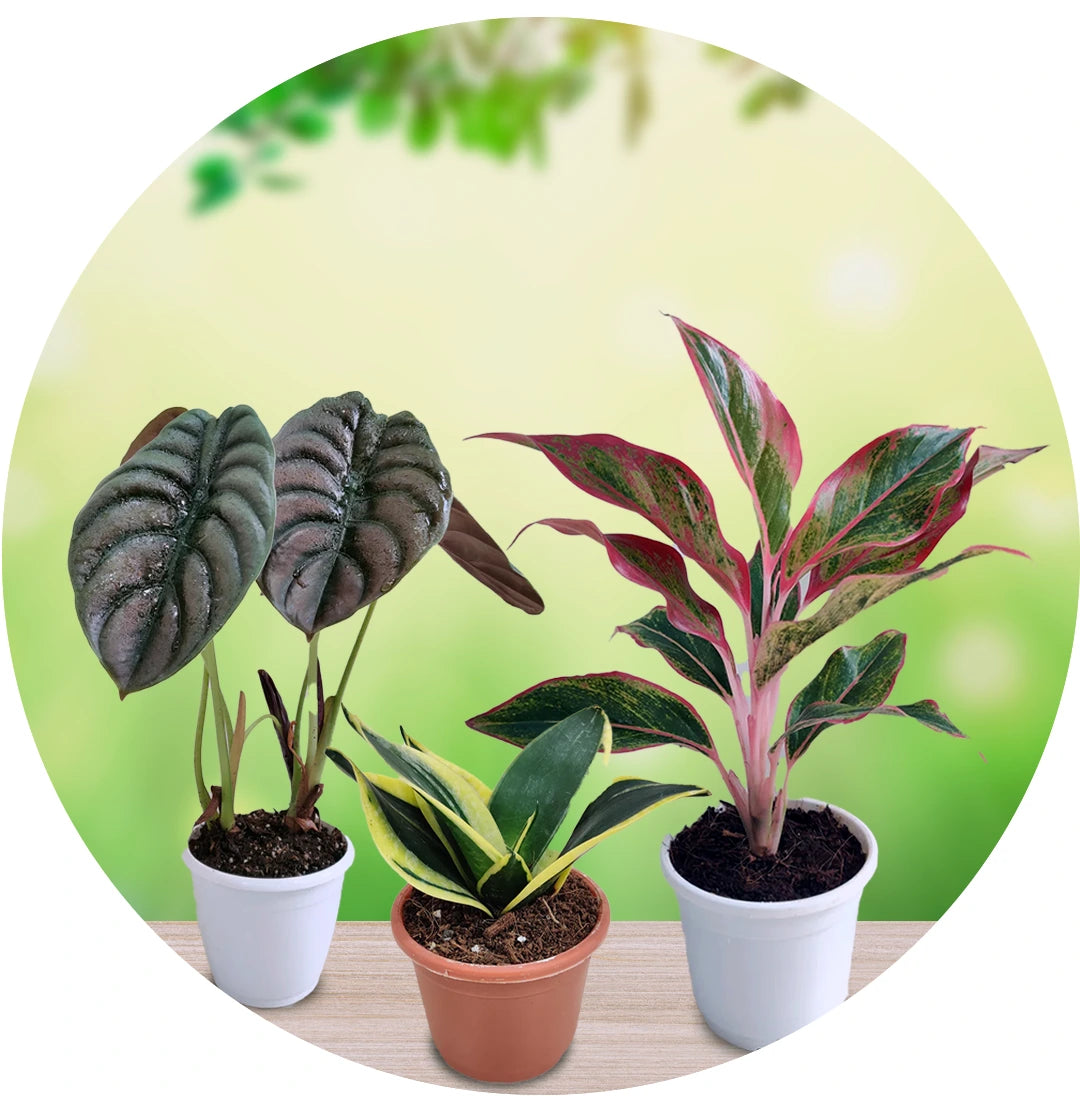
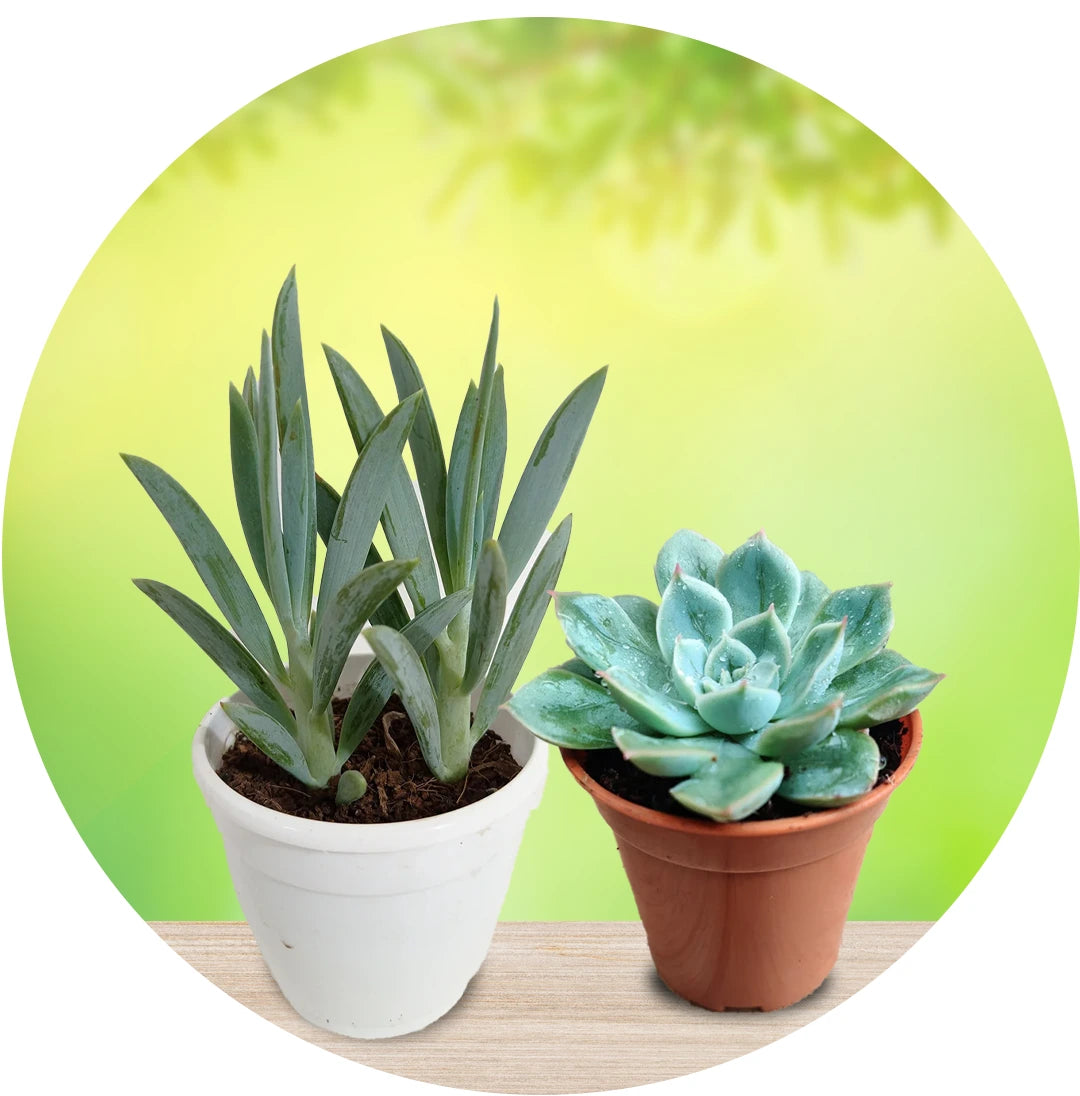
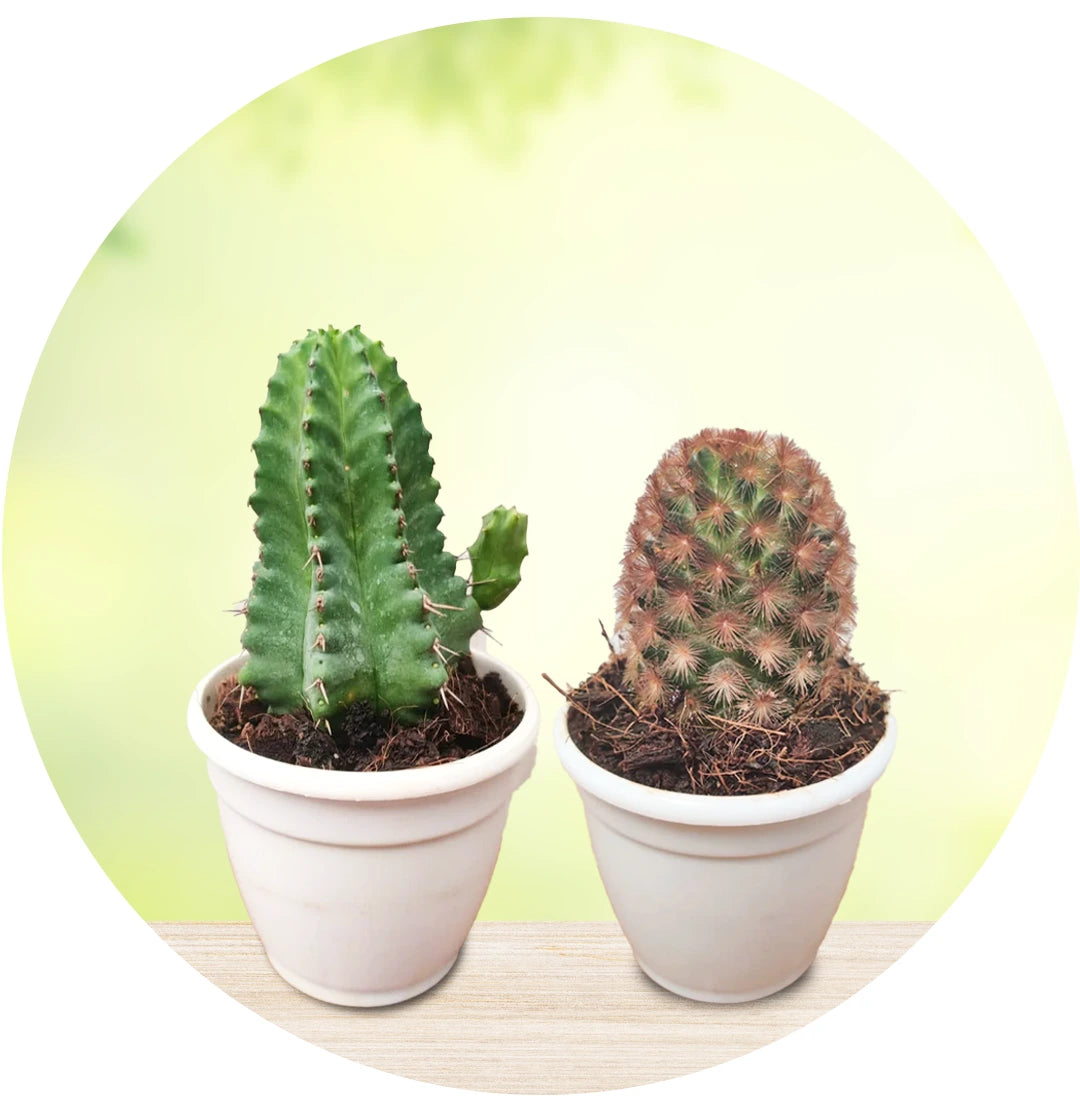
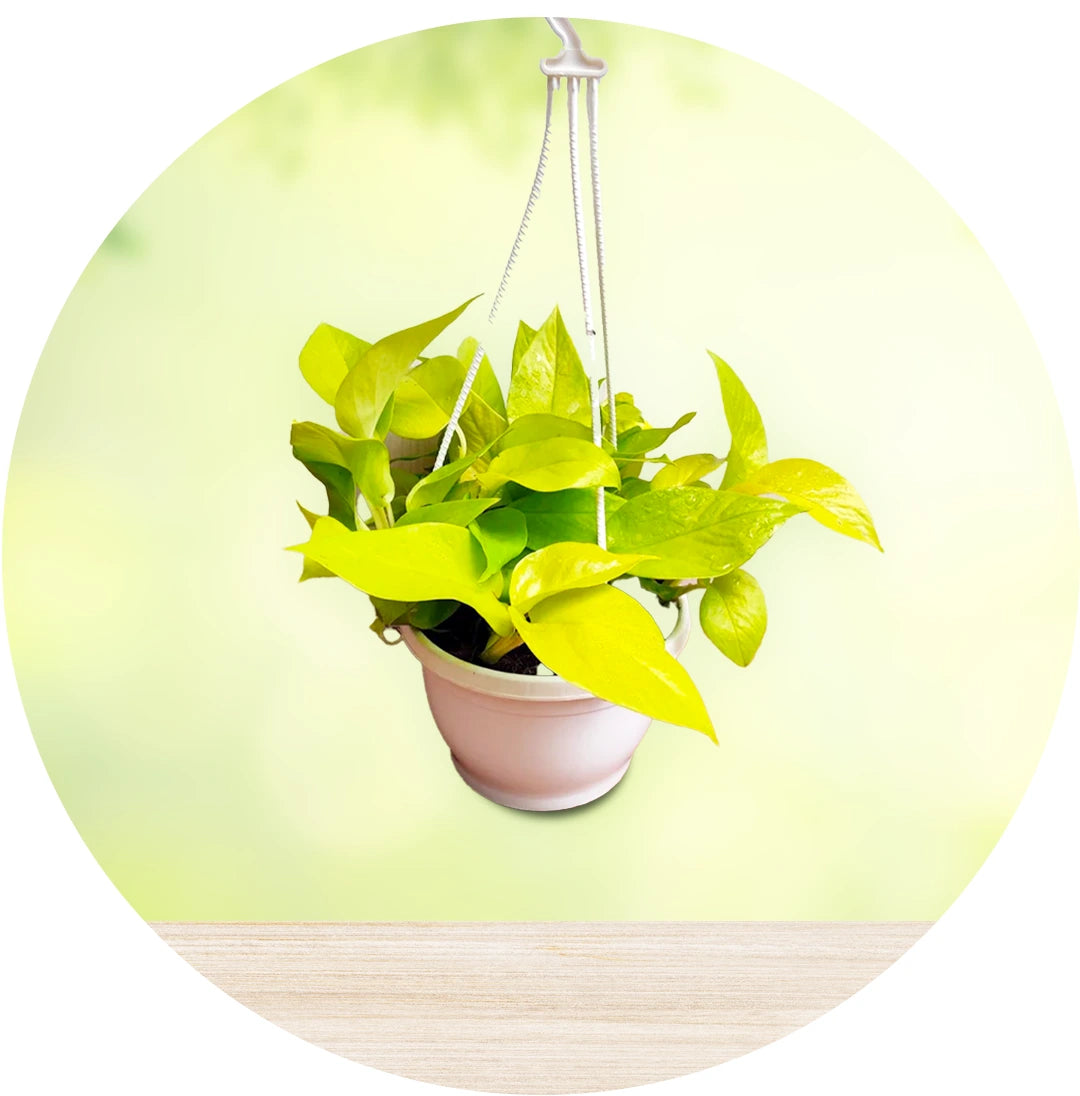
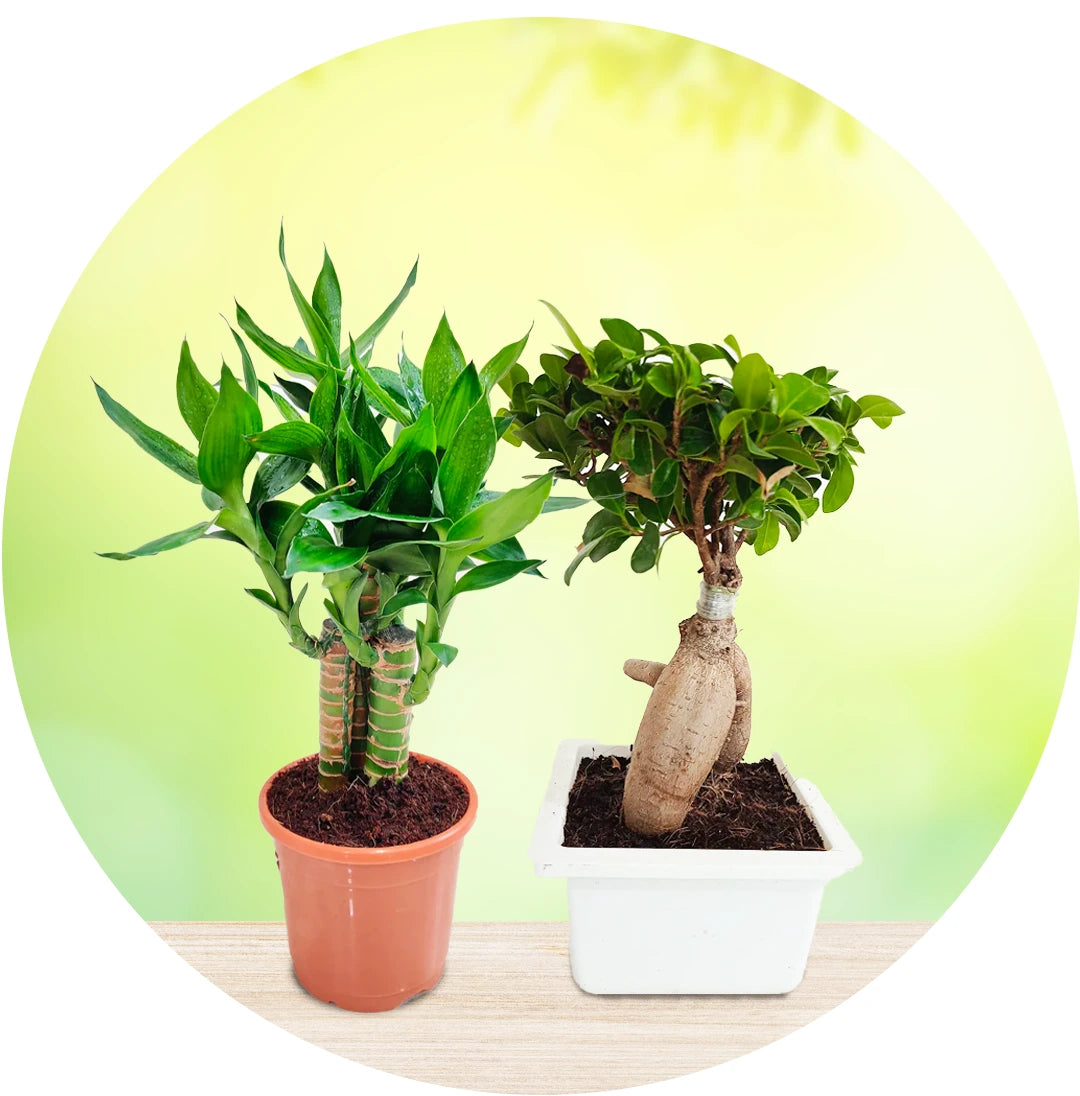
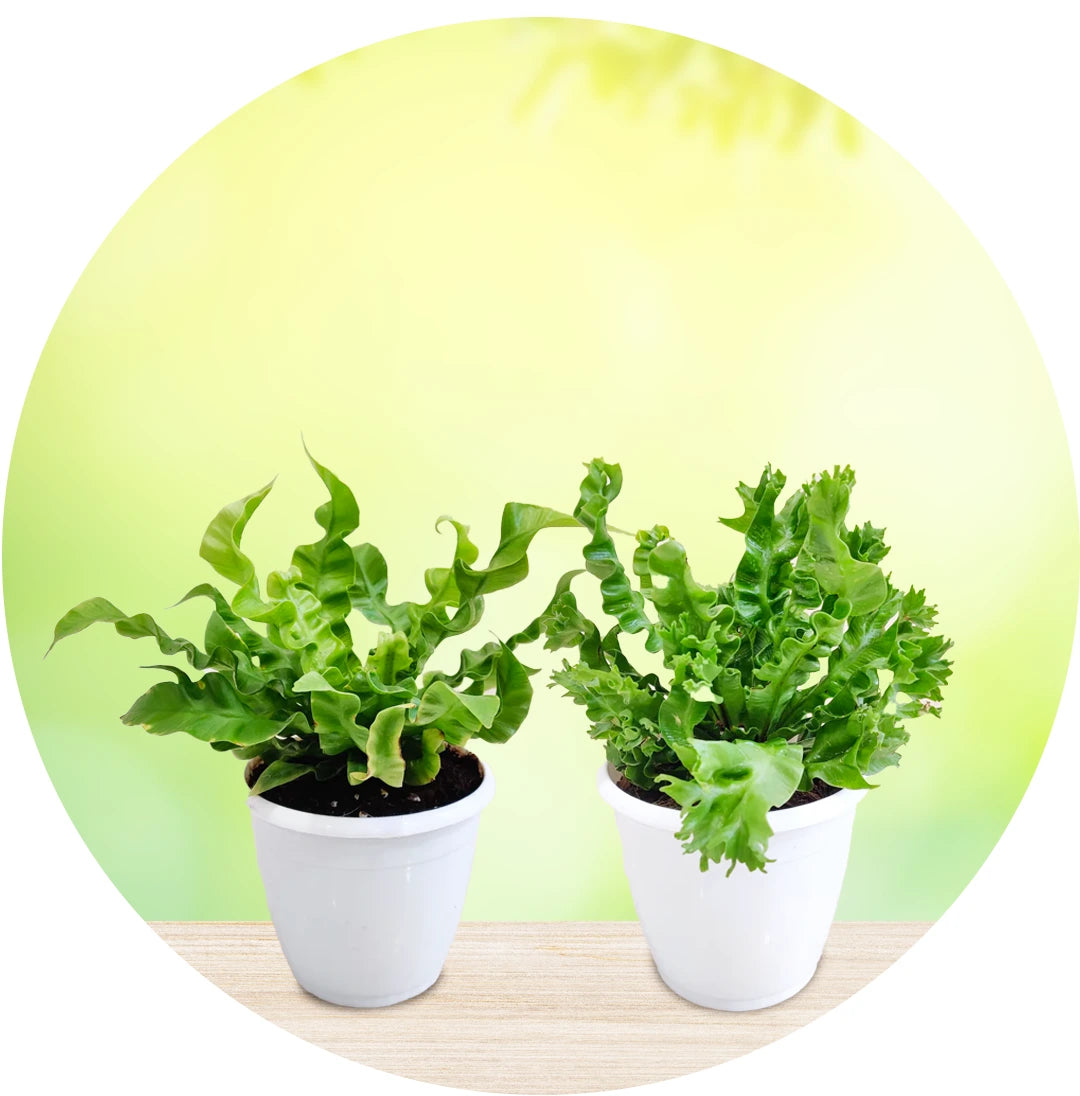
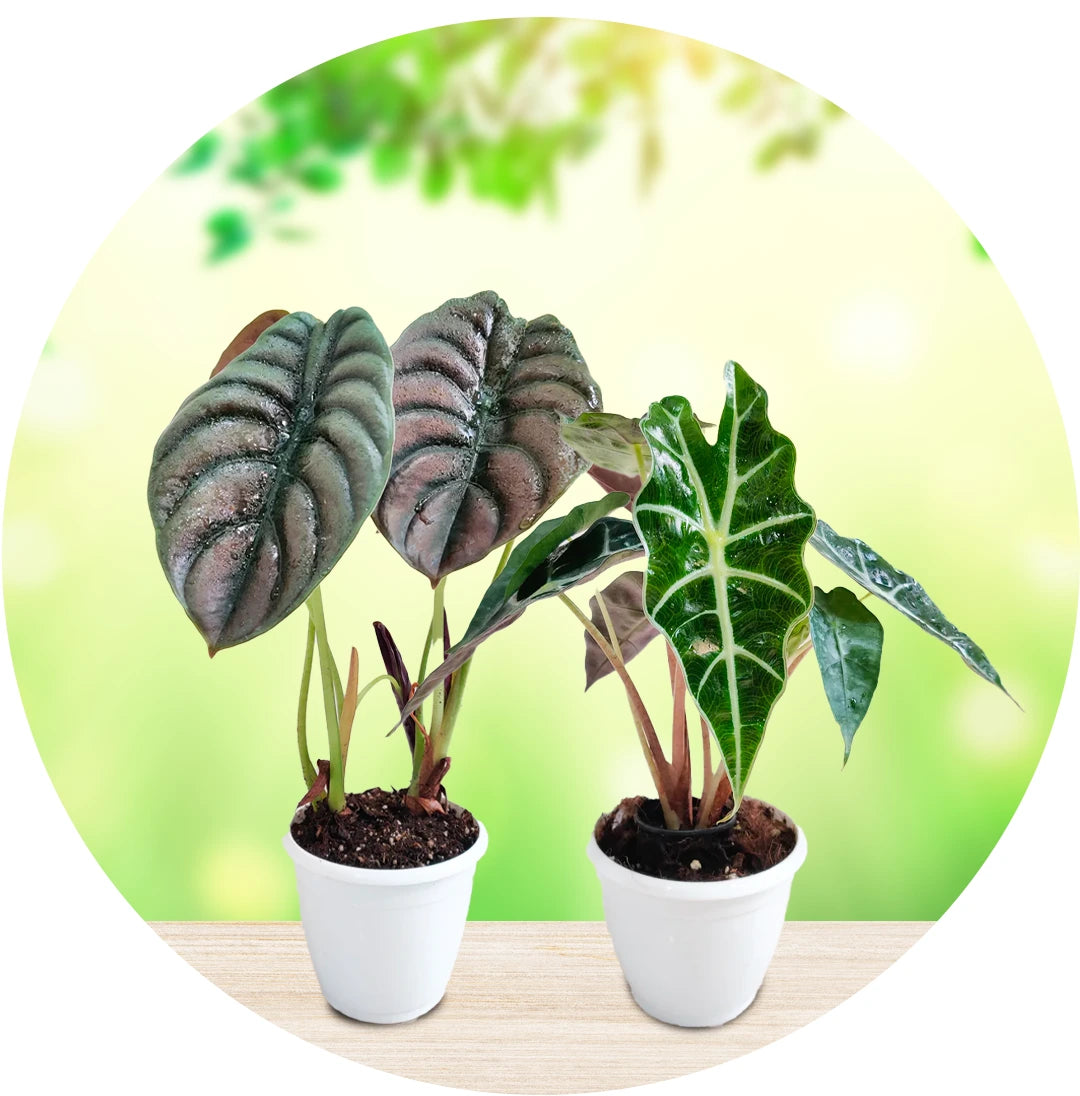
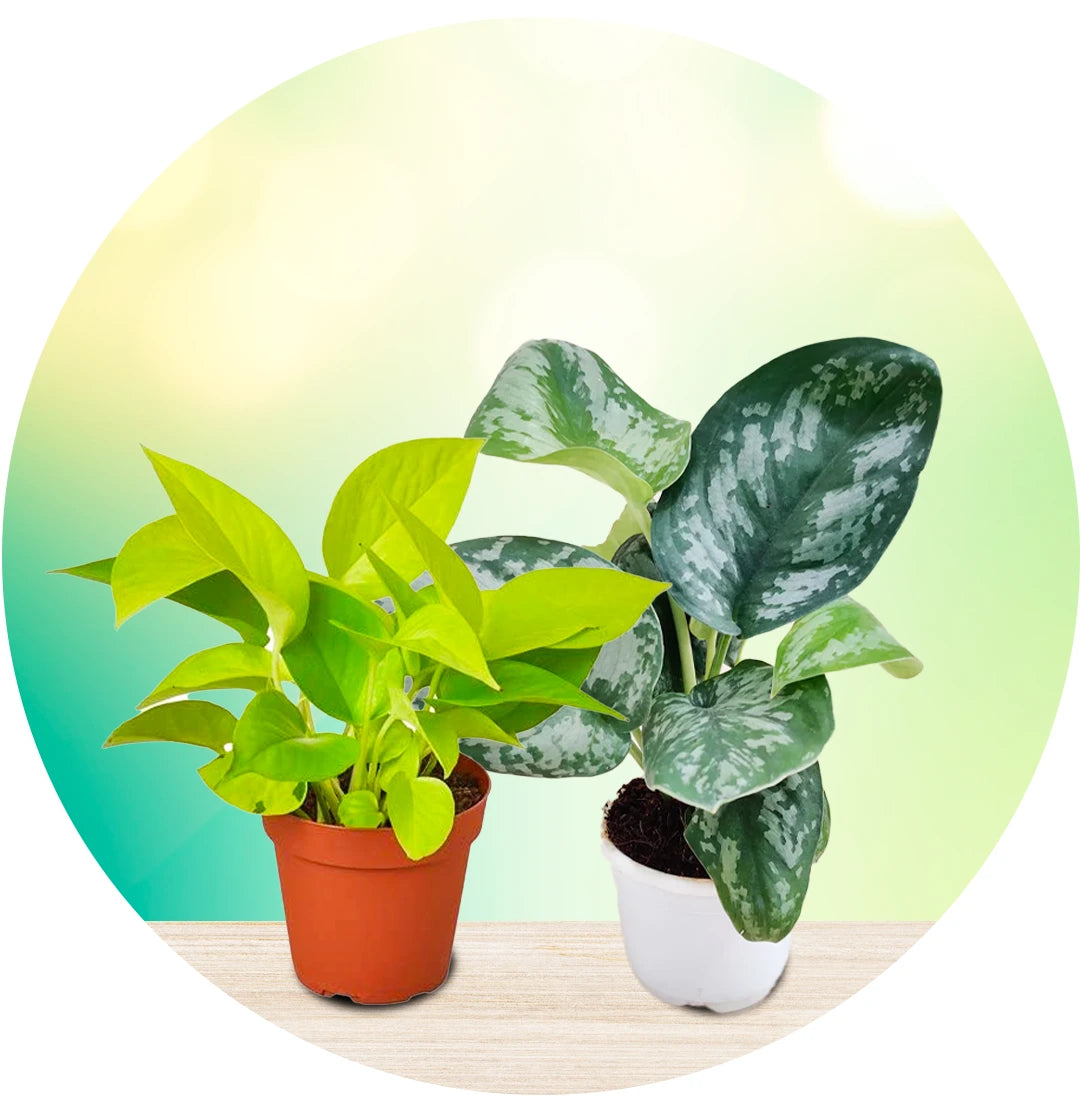
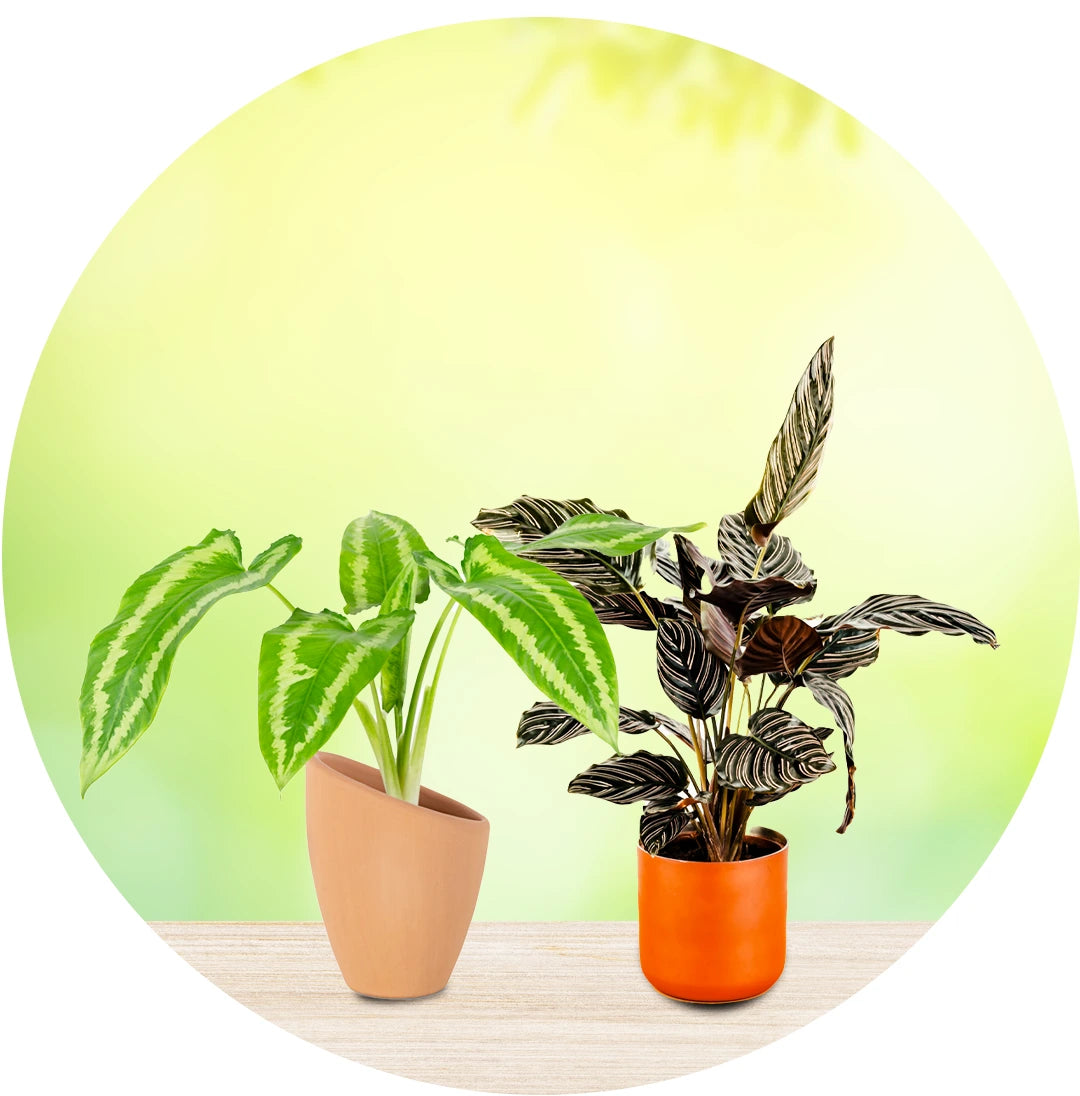
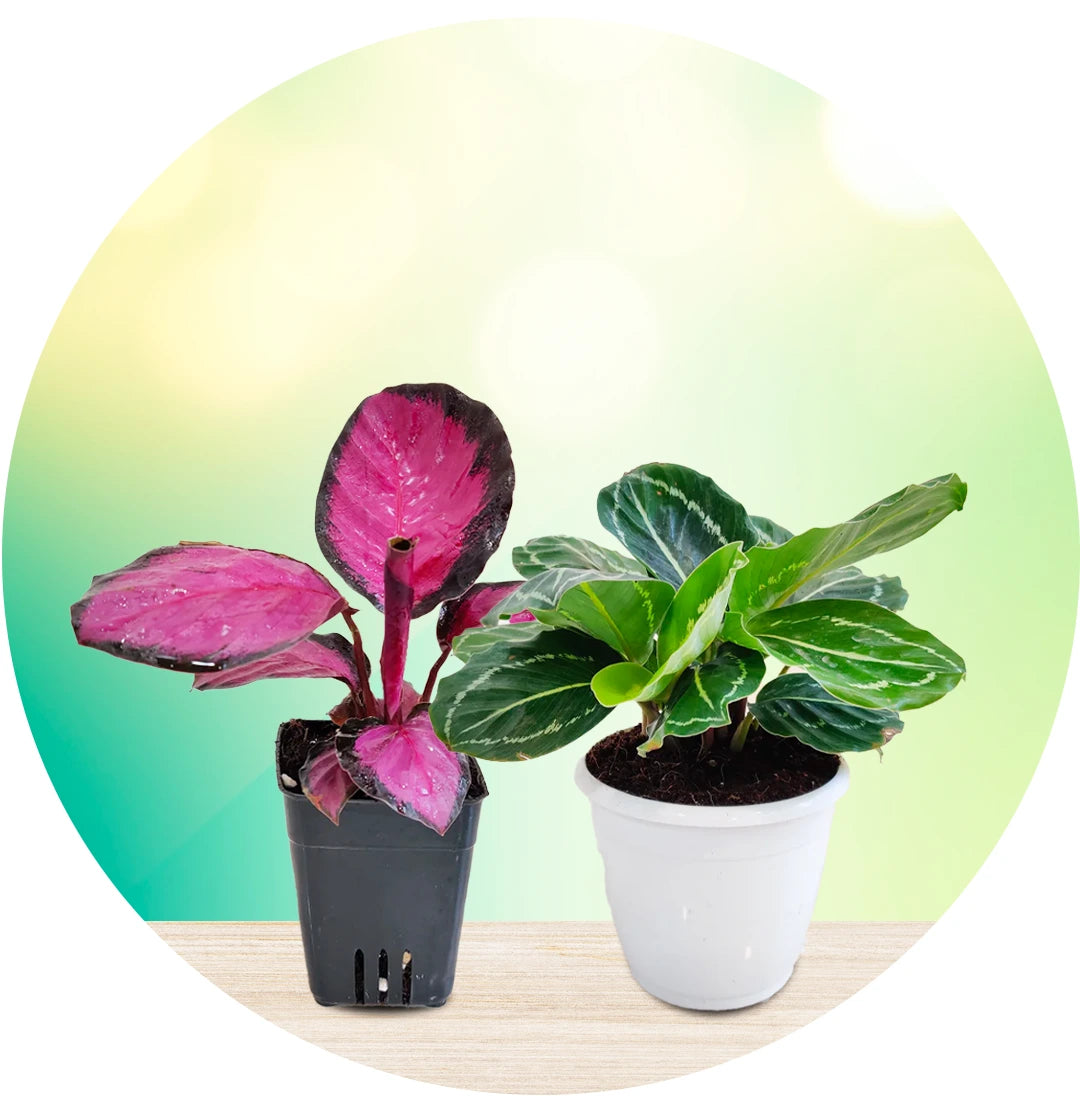
Leave a comment